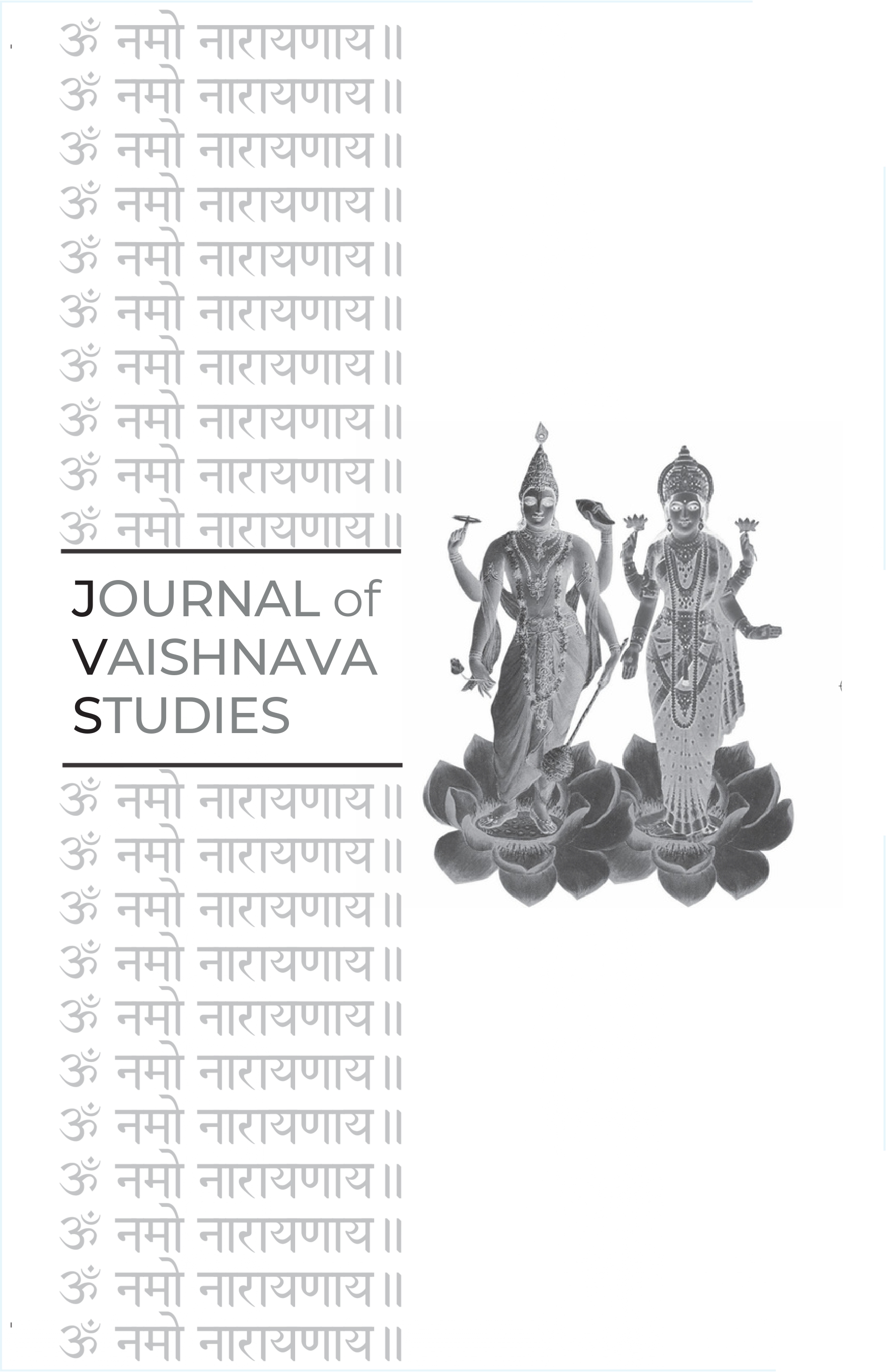The Birth and Play of Rāma Avatāra in Trinidadian Hinduism
Keywords:
Rama, Avatara, Trinidadian Hinduism, Hindu Kendra Prakash, Ramanavami, Lila, Dharma, Ramcharitmanas, Indentured Laborers, RamarajyaAbstract
In The Birth and Play of Rāma Avatāra in Trinidadian Hinduism, Priyanka Ramlakhan explores the dynamic reinterpretation of Rāma as an avatāra within the diasporic context of Trinidad. Focusing on the theological and ritual expressions promoted by the Hindu Kendra Prakash, a leading Hindu organization in Trinidad, the article investigates how Rāma’s divine embodiment is localized and made relevant to contemporary Trinidadian Hindu identity. Ramlakhan highlights two central themes: the recurring celebration of Rāma’s birth—both in annual Rāmanavamī rituals and symbolically in the birth of every Hindu child—and the framing of Rāma’s life as an ideal model for ethical citizenship and devotional living. Drawing from historical and ethnographic insights, the study illustrates how the Rāma avatāra is integrated into the cultural aesthetics, ritual performances, and moral frameworks of Trinidadian Hindus. It further connects Rāma’s exile to the historical displacement of indentured laborers, revealing how divine līlā is embodied and reimagined in the lived experience of the diaspora.Published
2017-12-13
Issue
Section
Articles





